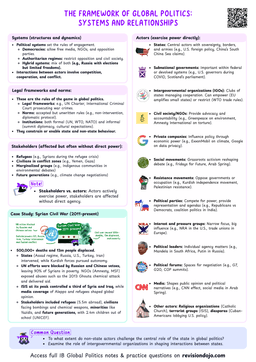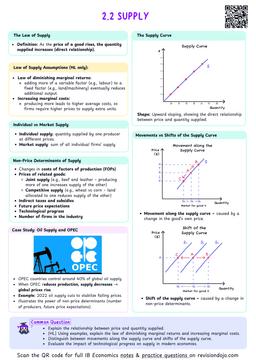Political Leaders

Political Leaders
Political leaders are people who lead and make key decisions on behalf of a state or community. They may be in charge at different levels such as national, regional, or local. Some are elected by the people, while others are appointed by political parties or inherit power.
- In democratic systems, leaders are meant to represent the public’s will.
- However, in some cases, leaders extend their rule or centralise power, staying in control far beyond their original mandate.
- Others seize power by force, while some come to power through family ties or dynasties.
- Political leaders can take many forms such as presidents, prime ministers, monarchs, or dictators
- Can you identify a current political leader who came to power through force, rather than through democratic election?
- Try not to rely on old or purely historical examples in your answers.
- IBDP Global Politics focuses on the modern world, so aim to use recent or ongoing political events.
- A helpful rule is to choose leaders or situations that have happened within your lifetime.
The Role of Political Leaders
- Decision-Making: Leaders make critical choices that shape domestic and international policies.
- Representation: They embody the values and aspirations of their constituents or nations.
- Crisis Management: Leaders navigate complex challenges, from economic crises to conflicts.
- Vision and Direction: They set strategic goals and inspire collective action.
Types of Political Leaders
- Elected Leaders: Chosen through democratic processes, such as presidents and prime ministers.
- Authoritarian Leaders: Hold power through non-democratic means, often centralizing authority.
- Revolutionary Leaders: Drive transformative change, often challenging existing systems.
- Charismatic Leaders: Inspire followers through personal appeal and vision.
Leadership Styles
- Transformational Leadership: Focuses on inspiring change and innovation.
- Transactional Leadership: Emphasizes structured tasks and rewards.


